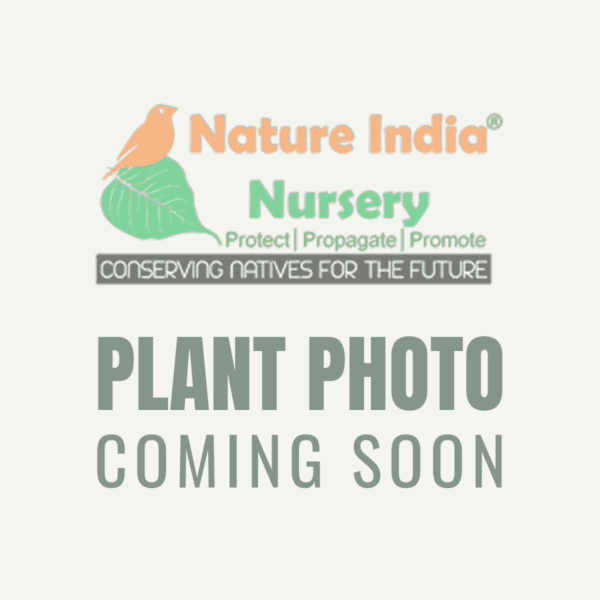Punica granatum, commonly known as the Pomegranate, is a fruit-bearing deciduous shrub or small tree that grows between 5 and 10 meters tall. Its glossy, narrow, and oblong leaves measure 3-7 cm in length, while its bright red, funnel-shaped flowers appear singly or in clusters at the branch tips, measuring about 2 inches in diameter. The fruit is spherical, reddish-brown, and leathery-skinned, measuring up to 4 inches across, containing numerous seeds surrounded by juicy, edible arils. Native to regions of the Middle East, Central Asia, including Iran, Afghanistan, Pakistan, and Northwest Himalayan regions of India, Punica granatum has been cultivated for centuries for its culinary, medicinal, and ornamental value.
The Pomegranate’s ecological significance extends beyond its physical characteristics, as it provides a valuable food source for various wildlife species, including pollinators, birds, and small mammals. Its flowers attract pollinators like bees and nectar birds, while its fruits are consumed by birds and small mammals, contributing to its success in its native habitats.
Habitat
Punica granatum is native to regions of the Middle East, Central Asia, including Iran, Afghanistan, Pakistan, and Northwest Himalayan regions of India.
Planting and Care
-
Propagation: The tree can be propagated by seeds, which germinate within a few weeks under optimal conditions. For cultivation, the plant is also grafted and air-layered.
-
Soil: Prefers well-drained, fertile soil.
-
Watering: Requires regular watering, especially during dry periods.
-
Sunlight: Thrives in full sun.
Additional Information
-
Economic Value: The arils are eaten fresh or used in cooking, baking, juice blends, and garnishes. Pomegranate juice is popular for its refreshing taste and health benefits.
-
Medicinal Uses: Rich in antioxidants, vitamins, and minerals, pomegranates are used in traditional medicine to treat various ailments, including digestive issues and inflammation.
-
Ornamental Value: Often planted in gardens and parks for its attractive flowers and fruit. Used in landscaping as a hedge or specimen plant.
-
Wildlife Significance: Flowers attract pollinators like bees and nectar birds. Fruits are consumed by birds and small mammals.




